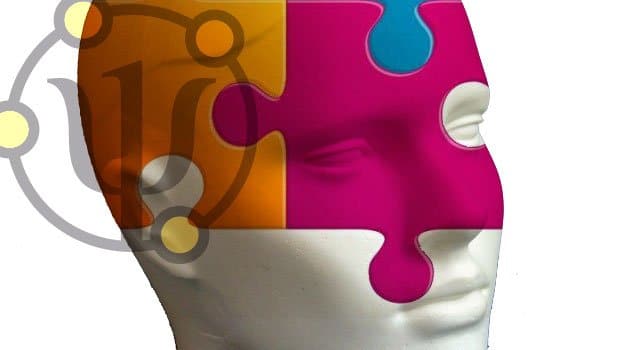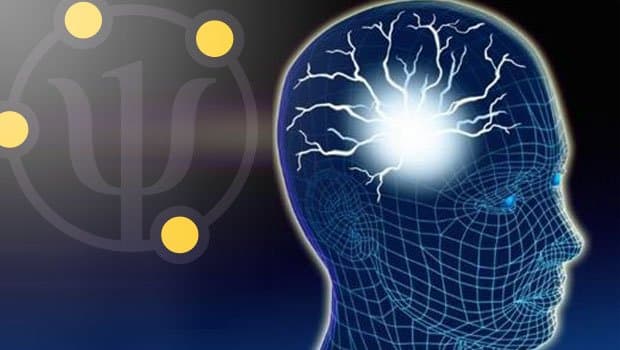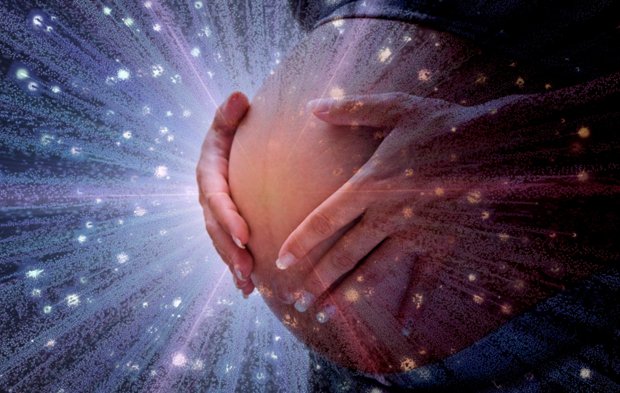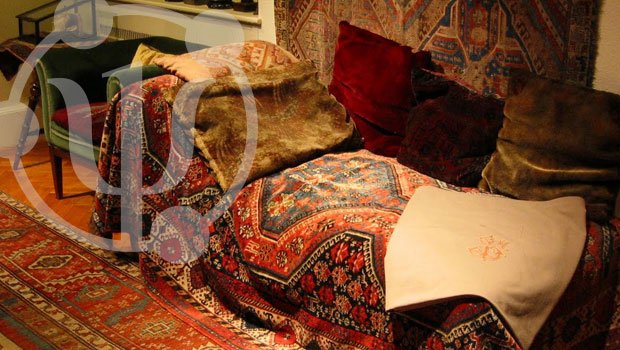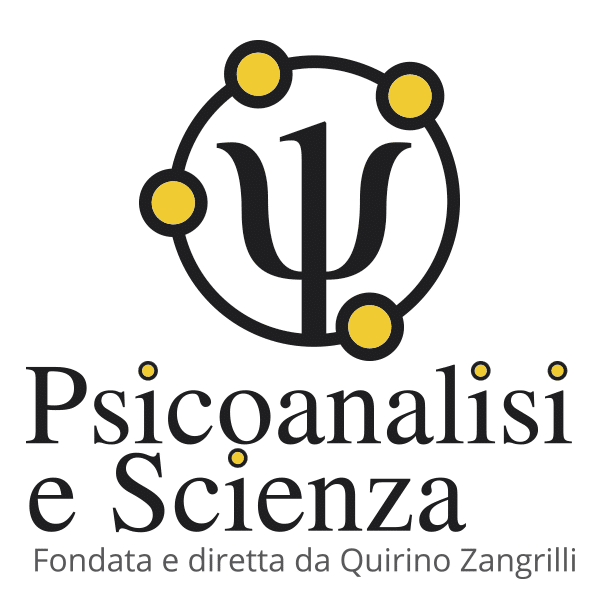(translated by Julia Stern)
In the visual arts, from early times to the present day, alongside the faithful representation of animals, people and scenes of everyday life, we find the production of surreal images, mostly hybrid anthropo-zoomorphic figures. These figures are not reflected in the real world. This is, probably, externalization, in graphical form, of psychic realities existing in the imagination of the artist. Here the characters appear in the rock art compound half human and half animal, sometimes with a likeness that convey a sense of harmony and serenity, sometimes anxiety and fear. E. Anati (2010) argues that if we should classify man’s art, with the diagnostic categories of a psychiatric dictionary, we would be forced to use terms such as delirium or hallucinations. The same is true of the fantastic creation myths and stories, always populated by monsters and surreal characters. One explanation is a shamanistic hypothesis, that the images would be the product of fantastic visions in a trance state. Perhaps through the use of opiates and hallucinogens, which can cause distorted perceptions of reality and thus stimulate the production of similar images, as certainly happens in many cases today.
These explanations are not exhaustive due to the fact that they have always been prevalent; starting with the Upper Paleolithic visual arts to the modern day visual arts such as video games.
It follows that these manifestations correspond to a Homo Sapiens need to externalize thoughts and images that populate the mind and generate deep emotions. Gabriella Brusa Zappellini (2009) argues that it faces “a particular process of elaboration of the entoptic apparitions, that is a work of the signs of metamorphosis played on the resemblance of forms with the predicates of desire.” In other words, according to the author this would be a condensation process between visual perception and deep psychic structures (wishes and memory traces of experiences) based on similarities of forms. The logic of this recombination structures the dream language.
According to the neurophysiologist M. Jouvet (1987) the dream comes before the speech and puts forward the hypothesis that it springs from the need to communicate. However according to N. Peluffo (1995) this argument is not necessarily applied only to verbal expressions. In fact, during sleep the movement is largely inhibited, but the dream is largely visual and it is possible that night residue (the waste-representational unconscious affective reactivation and implementation of specific desires) can be expressed using art, during the day. The author therefore argues that rock art, as in all other events (graphics and more) is given the manifest content of dreams.
The dream is the realm of the unconscious. The absence of visual perceptual stimuli and lowering of ego defenses, allows the appearance of unreal images, sets of irrational scenes and adventures that do not fit in the space-time systems.
Every night, every one of us has the opportunity to live in this fantasy stage, sometimes accompanied by pleasant sensations and sometimes by anxiety and terror that can make the same dream a nightmare.
P. L. Bolmida (2010) has exhibited an interesting interpretation of the genesis of the graphic representations of hybrids and fantastic characters. He distinguishes two sets. According to the author “… the first set of iconic figures, about demons, opprobrium, dragons and evil spirits, has its origin in the attempts to process traumatic events of catastrophic external origin that have damaged the psychosomatic structure of Clan’s organization (glaciations, famines, droughts, floods, wars, deaths, diseases, etc..). They have fixed into the individual and collective unconscious memory. The second, which generates an infinite progression of witches, harpies, hags, sphinxes, vampires, and castrating women, would unconsciously attempt to reproduce critical moments of maximum tension in the mother-child relationship. Starting from the first intrauterine experiences until weaning. This, therefore, would express internal traumatic symptoms free from direct external solicitors.”
We can confirm the hypothesis stated above with clinical material collected during the long sessions of micropsychoanalysis. In fact thanks to the long and frequent sessions the patient can now express associative material that relates experiences of threat and destruction dating to the early stages of somatopsychic development. These feelings can be expressed both through dreams and graphic manifestations.
The fundamental rule of psychoanalysis requires the externalization of everything you think and feel, if possible in verbal form. However, there may be cases where it is very difficult to express in words the experience of reliving trauma that took place at a time when the language was not yet known by the individual. I refer in particular to the experiences of intrauterine life. When these situations occur during the session, the analyst may have the opportunity to welcome other types of externalization, including drawings, graffiti, etc.. In these cases the material may be rich with hybrid figures that, for displacement and condensation, as dream’s characters , contain traces of the trauma. N. Peluffo (2010) writes: “… in the graphic representation is stored affection, that is what hit you. Stroke, trauma, has left a mark which set in the “frame” of the scene and in its visual equivalent expressed in the drawing.”
This is the case of a girl I will call Paola. The girl refused to lie down on the couch. She was sitting on the floor in a corner of the studio in a suspicious and adversarial attitude. The few exteriorizations were mostly questions about the Two Chief World Systems, from which you could tell that she was obsessed with persecutory ideation characterized by doubt. I will not dwell on the many aspects of doubt. I will only say that it ranged from the existence of God, to honesty of politicians, from cutting hair to career choices. Once peeled off from its overdetermination, the essence of the question appeared: Paola could not get a unified image of herself. Questions about what was right or wrong were essentially questions of her sexual identity and ultimately, about who she was.
The obsession manifested itself in the form of two nagging questions:
1. Am I Paolo or Paolo ?
2. Am I really my mother’s daughter?
The family romance was based on two fantasies, very similar to delirium.
1. if I were born from another woman I would have been a male;
2. My mother had a son and there was a substitution in the hospital nursery.
This second idea also rested the false perception of sexual identity, and at times she could not deny the reality of its kind, she recalled how angry she was as a child against the mother. She wanted to ask her: “Let me be born again, why did you make me a female? “. These steps, as briefly summarized, indeed demanded several hours of analysis, because Paola could not find how to express her thoughts.
The encounter with the girl had a very strong impact on my psyche , I was quickly infected and, for identification, I had a dream in which reverberated in my head the word “tension” and the phrase “how can you say all this? ” By resorting to self-analysis , I thought that Paola had difficulty talking in the session because the trauma she was trying to express had been experienced at an early stage of development and therefore it was impossible to communicate verbally. One day I asked if she could explain why she always liked drawing. I offered her a pencil and paper, in result providing both of us a medium of communication that would have bypassed the obstacle constituted by language. Since then the situation was unblocked, the result was the production of fantastic pictures, mostly anthropo-zoomorphic hybrids which were condensed elements belonging to different species: it was winged horses or horned human expressions, next to faces of human beings which were similar to those of an animal and terrifying monsters with aggressive stares. Those images were out of space-time, they could belong to a Camuno artist or could date back to any other historical period.
The girl began to speak of strange perceptual experiences (pseudo-hallucinations), which made me think of oneiric conditions such as “trance”. By drawing she could give a performance that took alternately reassuring or persecutory nature.
Following the analytic work it was possible to reconstruct a traumatic event that marked the girl’s mother and therefore affected her following pregnancies as well as the pregnancies of any other female in that family. Some years before the birth of Paola the mother gave birth to a dead daughter. This became a secret and no one ever spoke about it, but continued to reverberate as sense of guilt on women of the family. A sort of wandering ghost of a deceased person looking for a decent burial. As a matter of fact, the deceased baby never had a proper funeral or burial; there was no cemetery, no tophet, where you could have honored the death and get rid from the guilt. The sense of guilt that weighed on Paola was, in fact, proportional to that of infanticide.

Paolo’s intention was to scare me; while drawing the mask she said: “My mother has never liked these drawings.” This sense of guilt was reactivated in the transfer relationship and was due to the idea that she had stolen a spot that did not belong to her and that she was responsible for a severe murder. “It ‘s like I killed a small child,” she said “maybe I do not remember, but I actually killed someone … Mom had a baby before me and it died.” She felt then the usurper of a place that would have belonged to her sister. If she were male it would have been different. “At my place there should have been a boy … my mom had a little girl who died…. I killed the male in me … I would have to be a male, I could not forgive myself for being female.”
Referring to the formulation of N. Peluffo (2010), regarding the dynamic hold-eject in the fetal-maternal relationship, I believe that the above externalization is the verbal expression of an intrauterine experience; the response to the mother’s fears related to the previous pregnancy. It is possible that Paola’s mother felt guilty for the death of her first daughter, and during the next pregnancy had wished to have a boy in order to avoid the repetition of the traumatic event. Later her daughter’s obsessive doubt about her sexual identity, was needed to deny the crime, that is the fault of the mother/ herself for the death of her sister.
Hybrids with terrifying characteristics, represented in the Paola’s drawings, would then have the function to express the trace of prenatal trauma with aggressive components projected on the object that takes on values ??of persecution. The devil-mask which she gave me at the end of a session, with the intent to scare me was simultaneously a threat to herself and she wanted to get rid of it. Next to it there were also images that did not inspire terror, but they were also made by the condensation of elements belonging to different species or both sexes. They expressed the identity conflict experienced by the girl and the difficulty of integrating s psychobiological components. Such conflict is not to be considered pathological in all cases, even though the case I treated had the characteristics of personality disorder. In fact, sexual reproduction and pregnancy represent a unique physiological system in nature. It is the symbiosis of two partially different individuals, because part of the genetic material carried by the fetus, is of paternal origin, and is therefore considered a semi-allograft. The coexistence of the recipient fetus in the host mother, calls for an immunological reorganization to avoid rejection. The prolonged searches of immunologists and biologists of uterine environment, only partially explain this immunological paradox. These studies are also added to those of some biologists about a phenomenon known as “microchimerism”.
G. Marzi writes (2009): “Starting from the concept of mixing parts of different beings, modern biologists called microchimerism the presence of cells with genes different from those of the rest of the body that houses them…. maternal cells in healthy adults and cells with male DNA in women who had sons. This happens also decades after the birth.
Since pregnancy can lead to these passages of cells from the hosting body to the hosted body and vice versa, consider what may happen in pathological repetition of several abortions, in a child born after several failed pregnancies. The phenomenon that is experienced in psychoanalysis, categorized as survivor’s sense of guilt, may have biological support. This phenomenon may also have its own somatic expression because of the presence of michrochimera.
How would we explain this phenomenon of microchimerism in the long term? Most living cells have a limited life time: only the stem cells, which have the capacity to differentiate into different tissues, can divide indefinitely. You have to think, then, that the colonies of microchimerism are derived from a migration of stem cells during gestation.”
The author in her paper makes a connection between the discoveries in the biological field, the chimeric images of mythology (hybrid fantasy figures, composed of different parts) and the concept of image in micropsychoanalysis and adds: ” You cannot talk about the Images only in a metapsychological sense if mothers, brothers and maybe also grandmothers’ microchimera live together with the subjects during prenatal life (and after).”
How can we forget that this biological diversity has a psychic correspondent in each human manifestation? How can we interpret for example Pirandello’s writings (Il fu Mattia Pascal, Uno, nessuno, centomila), the loss of his characters because of the multiplicity of their identity?
I think that the above case can make a contribution to research in different disciplines which brings forward a universal answer to the question “Who are we?” And this question is constantly expressed in dreams and art from all times.
© Bruna Marzi
REFERENCES
Anati E.: Delirio e allucinazione collettiva. Considerazioni per un’analisi antropologica. In Tabù, delirio e allucinazione. A cura di Luigi Baldari. Alpes Italia, Roma, 2010.
Bolmida P.L.: La semeiotica dell’incubo. In rivista multimediale Scienza e psiconalisi, www.psicoanalisi.it , nov. 2010
Brusa Zappellini G.: Morfologia dell’immaginario. L’arte delle origini fra linguistica e neuroscienze. Arcipelago edizioni, Milano, 2009.
Jouvet M.: La storia del sogno, in Bollettino dell’Istituto italiano di micropsicoanalisi. N.4. Torino, 1987.
Marzi B.: Allucinazione e identità sessuale: applicazione della tecnica di proiezione dell’immagine fotografica in psicoterapia micropsicoanalitica. In Tabù, delirio e allucinazione. A cura di Luigi Baldari. Alpes Italia, 2010.
Marzi G.: Microchimerismo: considerazioni psicoanalitiche. In rivista multimediale scienza e psicoanalisi. www.psicoanalisi.it settembre 2009.
Peluffo N.: Storia totale e storia sommersa, in Bollettino dell’Istituto italiano di micropsicoanalisi N.18. Torino, 1995.
Peluffo N: La grafica dell’affetto. Relazione al XL Congresso nazionale della Società italiana di psicoterapia medica: “Perchèla psicoterapia conviene”, Palermo, aprile 2010.
Vita A.: I Fenici alla luce degli ultimi ritrovamenti di Mozia e di Marsala. Ed. Campo
Responsabile scientifico di Micropsy.academy, piattaforma per l’aggiornamento professionale di psicologi, psicoterapeuti, medici e psichiatri. E’ perito presso il Tribunale Civile di Bergamo. E’ autrice di numerose pubblicazioni presentate a Congressi nazionali ed internazionali. Curatore e co-autore di 4 libri in lingua russa. Possiede un’ottima conoscenza parlata e scritta dell’inglese e del russo.
————
Born in Frosinone on 01.13.1958. Graduated in Psychology at “La Sapienza” University of Rome. She carried out psychoanalytic training in Turin and Switzerland. Member of Italian Psychologists Association since its constitution in 1990 (n.5482). Member of the International Society of Micropsychoanalysis and training analyst of Swiss Institute of Micropsychoanalysis. Main lecturer of the module “Micropsychoanalysis” in the Postgraduation programme of “Psychoanalysis, psychoanalytical psychotherapy and psychoanalytical consultation” at Moscow Institute of Psychoanalysis. She works in Bergamo and Moscow, where she practices psychoanalysis and psychotherapy in Italian, Russian and English with people of different nationalities. She has extended experience on psychotherapy of battered and sexually abused women. She’s trainer and supervisor of several Hosting Communities for children and women and leads master classes for postgraduate psychologists in Italy and Russia. Scientific manager of training platform Micropsy.academy. Expert of the Court of Bergamo: Author of several scientific publications presented at National and International Congresses. She’s fluent in English and Russian languages.
————
Доктор психологии – психотерапевт – психоаналитик. Закончила психологический факультет римского университета «La Sapienza». Далее специализировалась в
микропсихоанализе и микропсихоаналистической психотерапии в Турине и в Швейцарии под руководством Проф. Н. Пелуффо. Зачислена в Орден психологов с самого его основания в 1990 (No 5482). Действительный член Международного общества микропсихоанализа, тренинговый психоаналитик Швейцарского института микропсихоанализа. Руководитель курса по микропсихоанализу в Московском институте психоанализа. Благодаря работе в области медицинских
и социальных услуг приобрела обширный опыт в случаях
психологического, физического и сексуального насилия по отношению к детям и женщинам. Ведет преподавательскую деятельность и супервизии с психологами и психотерапевтами разных учреждений. Эксперт Судьи г. Бергамо. Научный руководитель обучающей платформы Micropsy.academy. Является автором многих научных докладов и статей, представленных как на национальных, так и на международных Конгрессах. Хорошо владеет английским и русским языками.

